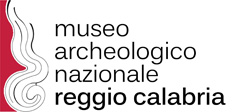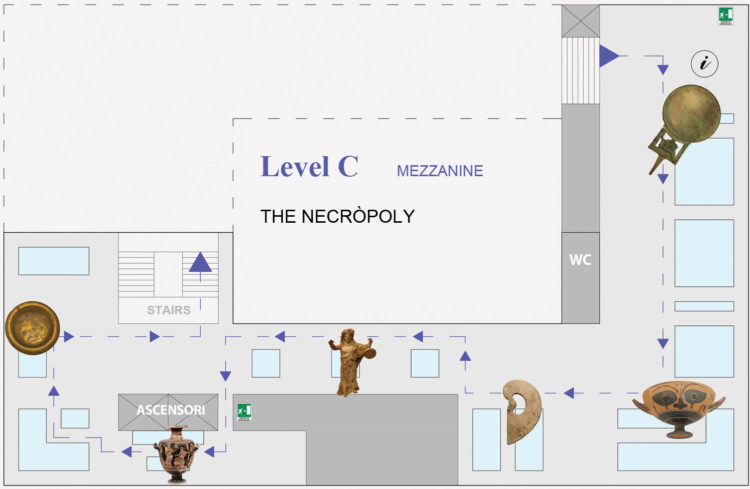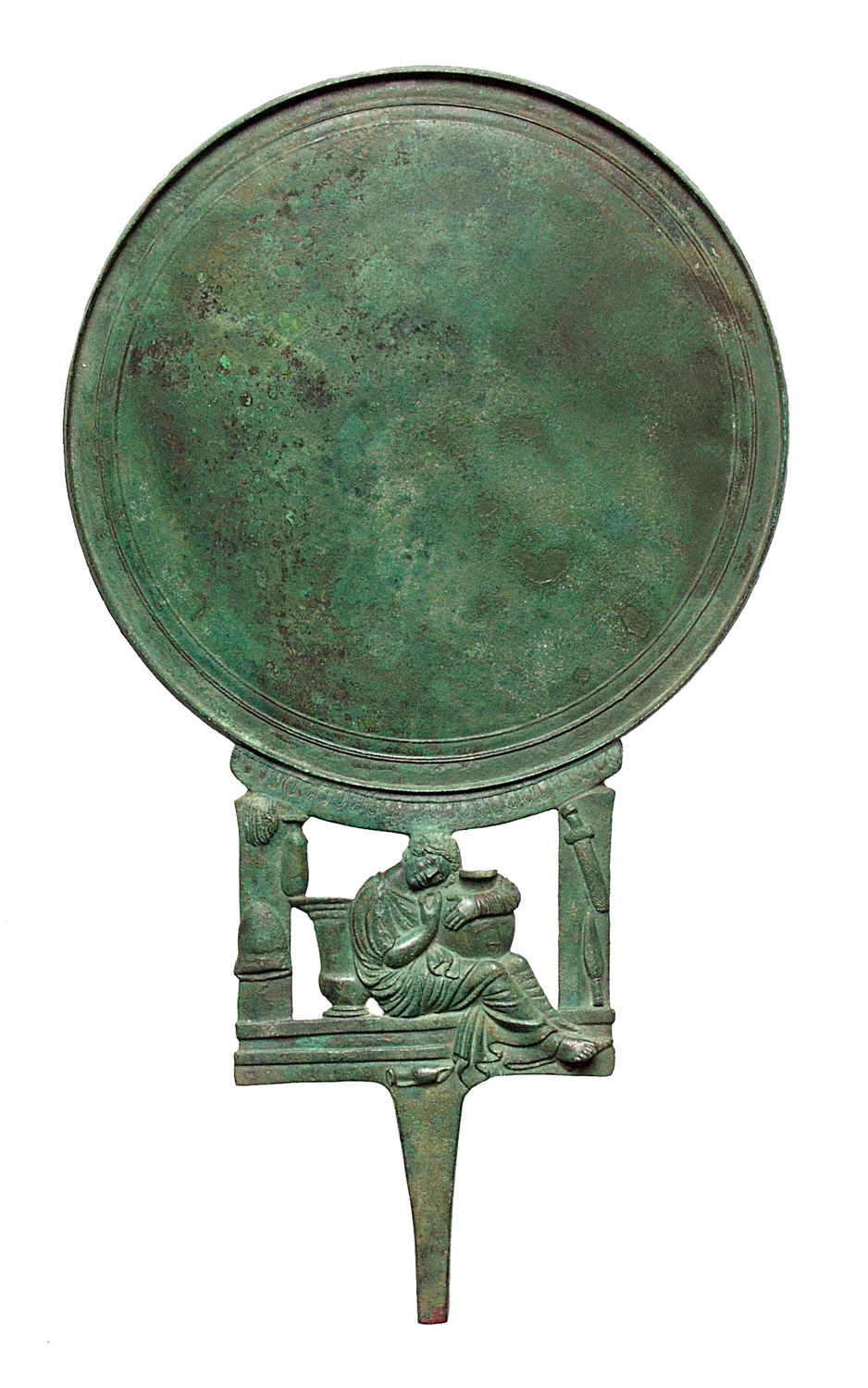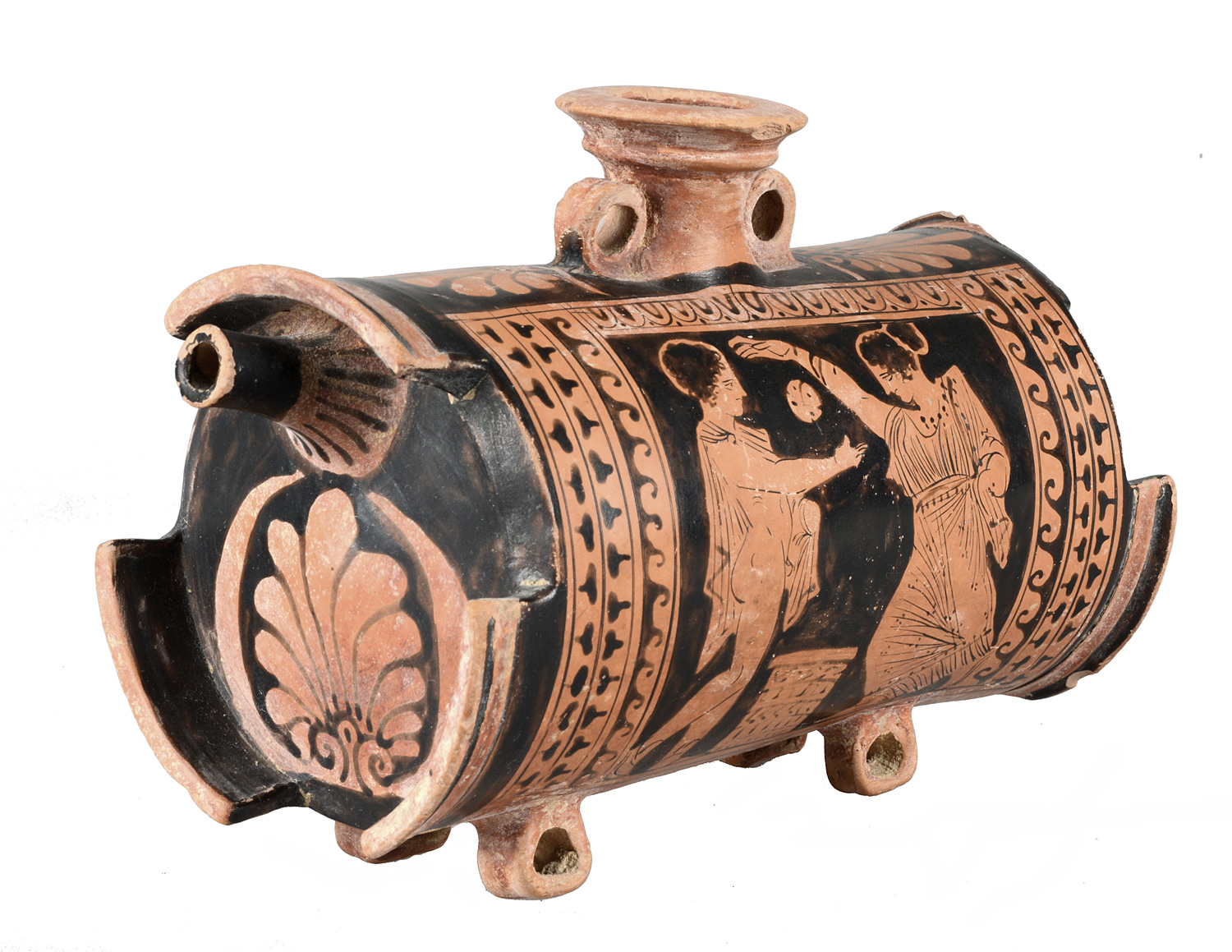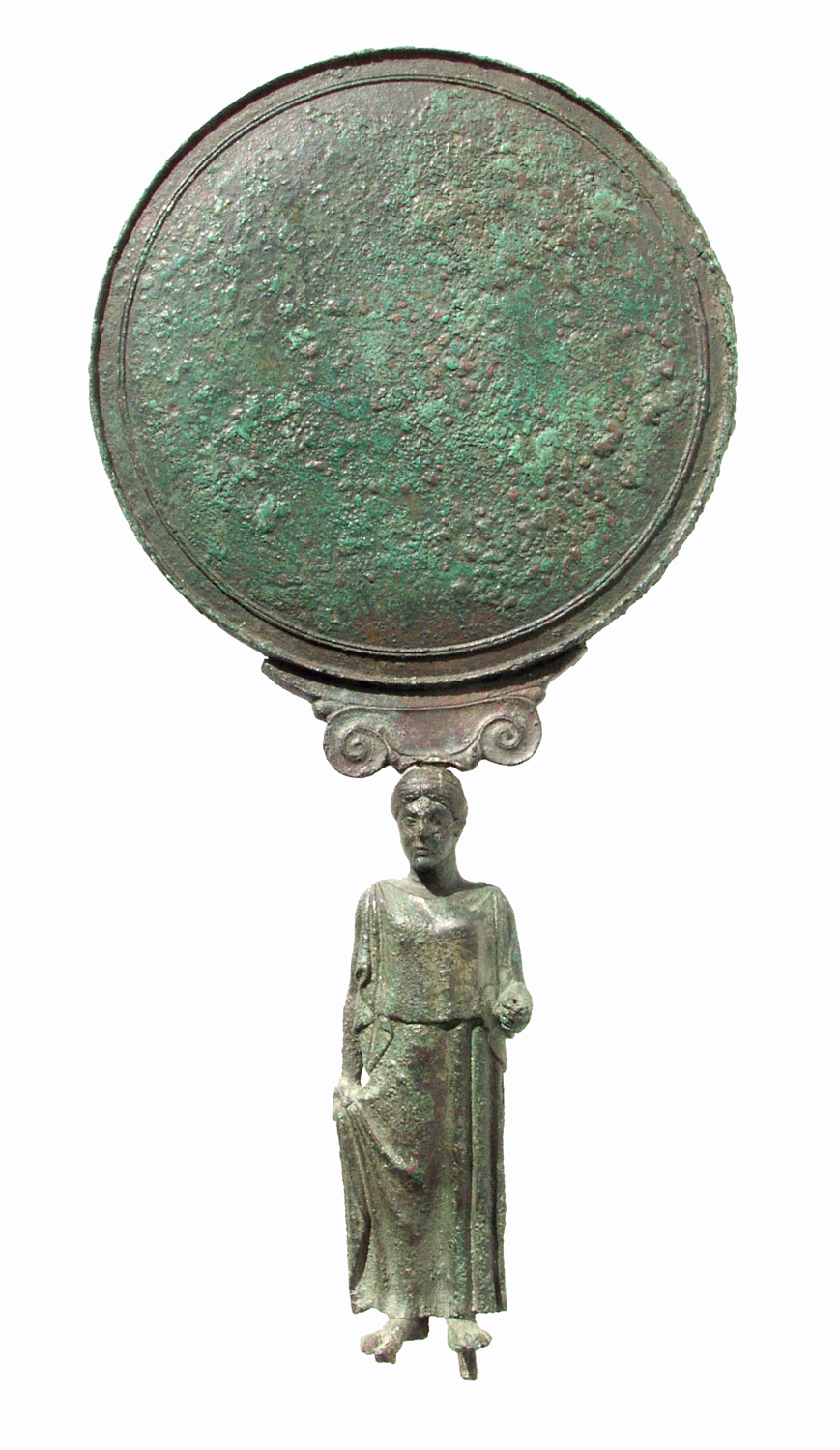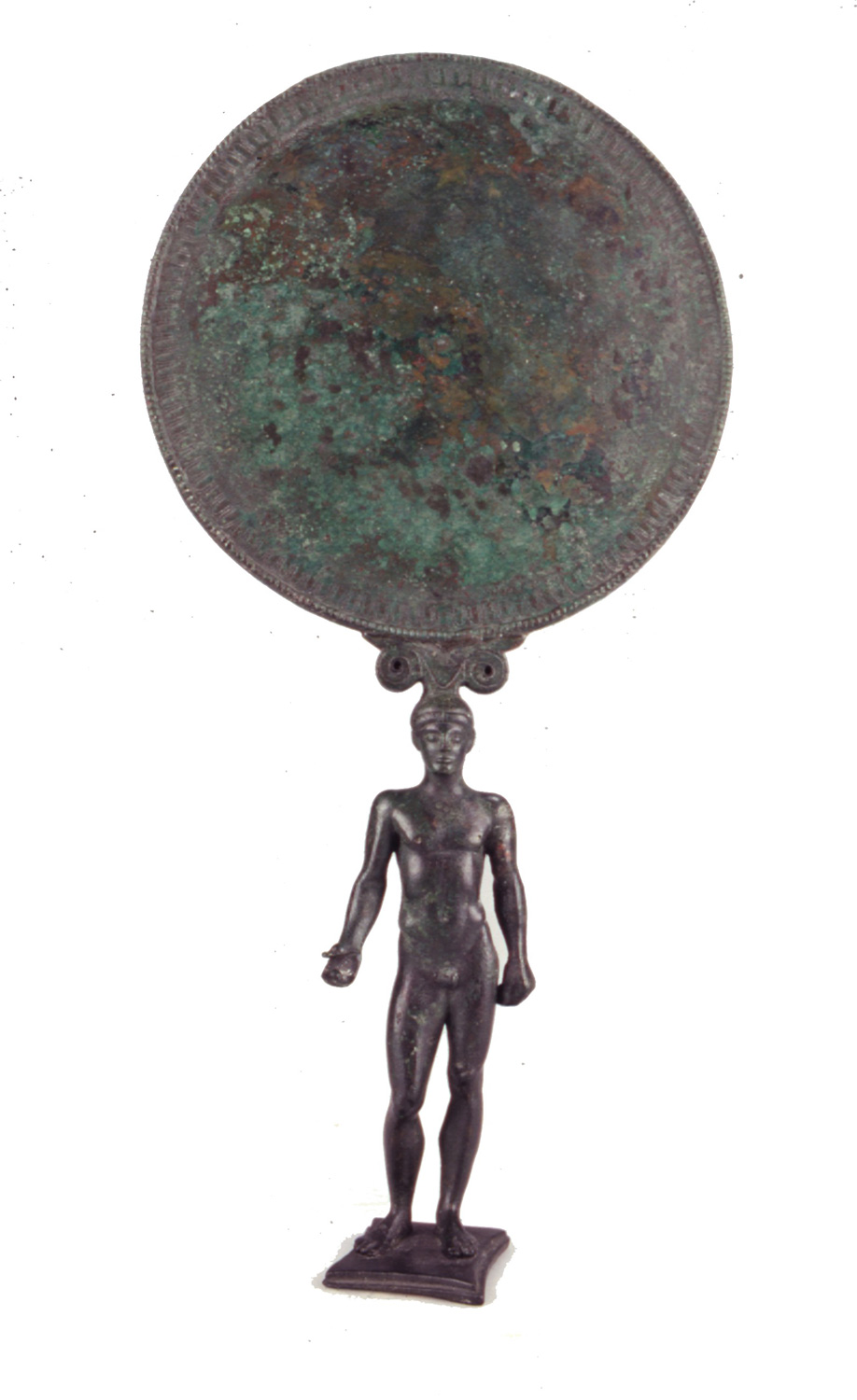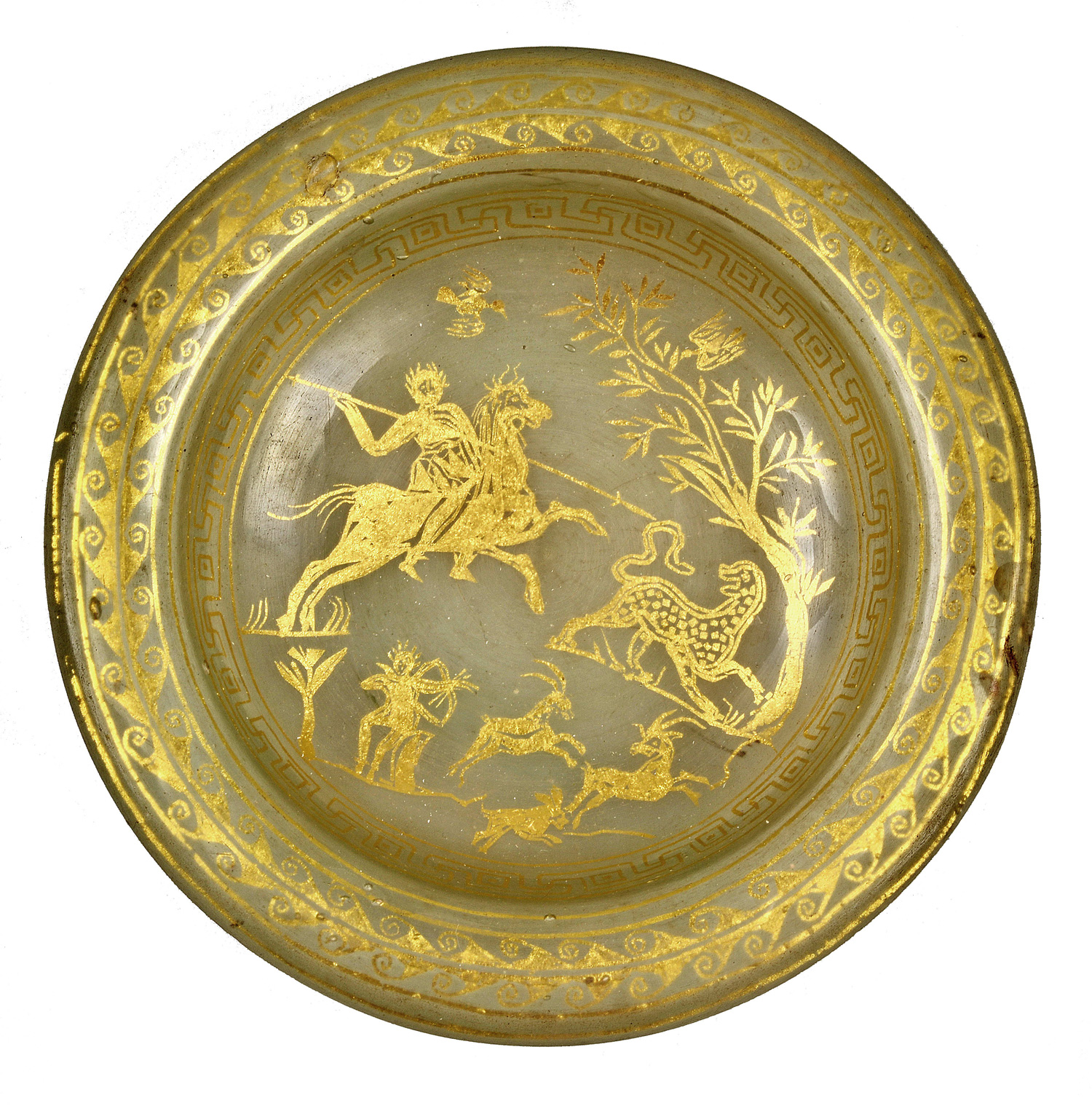The Hellenistic Theatre of Locri is one of the best preserved in Calabria. Among the exhibits that come from the area of the theatre are four figurines decorated with a head of Silenus, belonging to the oldest phase of the complex, dating to the end of the 4th century BC. Particularly important is a statue of Aphrodite Urania, sitting on a throne, supporting her feet on a turtle. Still coming from the area of the theatre, there are remains of richly decorated theatrical masks and caryatids.
The urban design of Locri had blocks divided into lots for homes and shops, objects for domestic use, and some pinakes with representations of furniture on display. The crafts include terracotta artifacts found in the artisan district called “Ceramic”.
